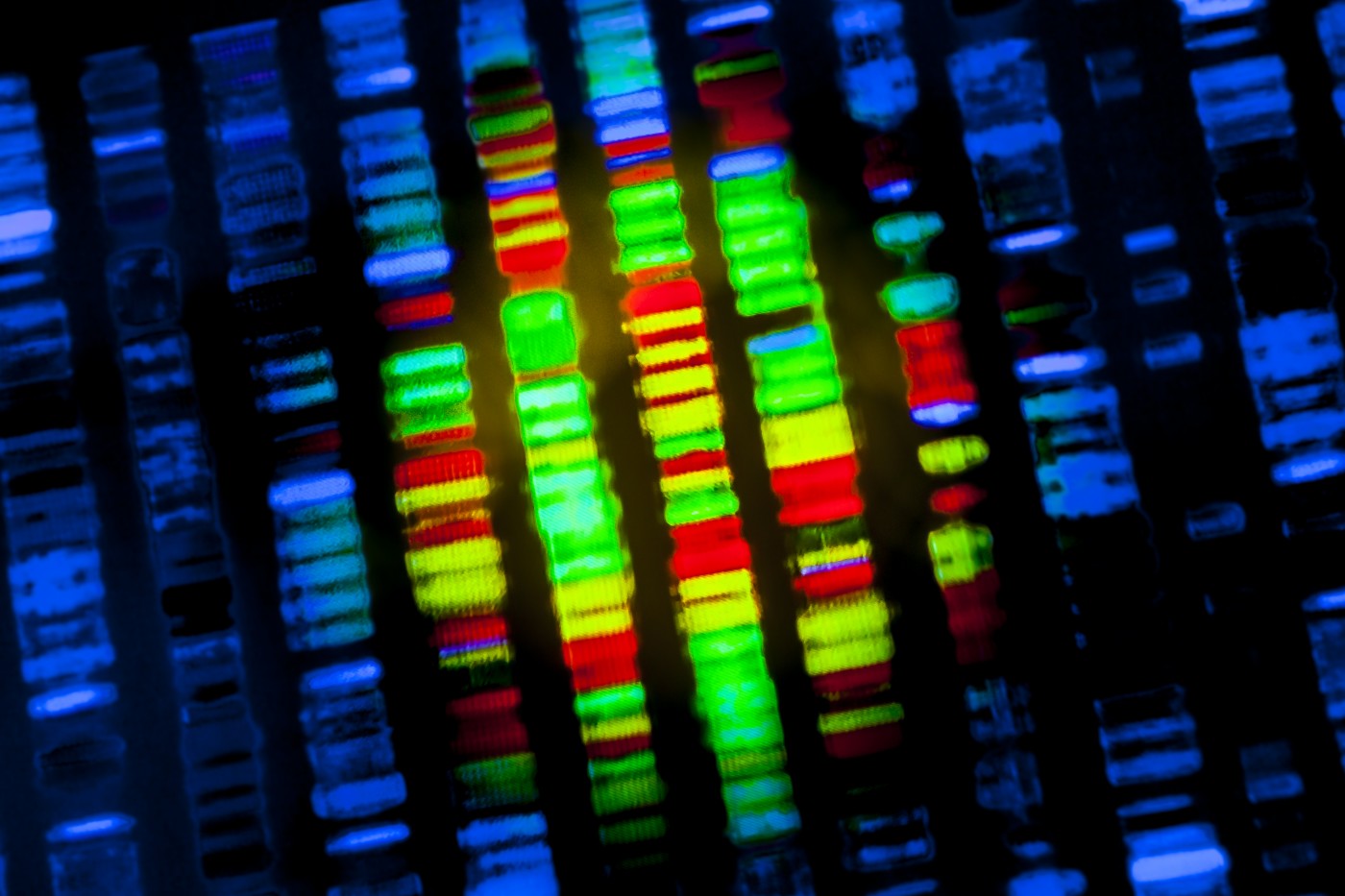Next-Gen Sequencing May Help Prenatal Diagnosis of Gaucher Disease

Next-Generation Sequencing (NGS)- assisted diagnosis
Researchers are exploring the use of next-generation sequencing (NGS), a technique used to analyze genes and find mutations, as a way to diagnosis Gaucher disease (GD) in a fetus.
Prenatal disease screening using NGS has the potential to be used as a secondary diagnostic option for lysosomal diseases, and researchers are hopeful that doing so well before birth eventually could prevent or delay symptoms and disease progression.
A brief report, “Prenatal diagnosis of Gaucher disease using next-generation sequencing,” was published in the Pediatrics International, the official journal of the Japanese Pediatric Society.
The report described a family with two children who had GD; the parents were expecting a third child. No prior genetic information had been obtained. In order to determine if their unborn child had GD-linked mutations, all family members had their glucocerebrosidase (GBA) gene sequenced to identify inheritable mutations that relate to GD.
In GD, the GBA enzyme is in low numbers, or its structure is altered, and both these issues can be traced to GBA mutations.
Three mutations were revealed, one from the father and two from the mother. Incidentally, the couple’s first child had all three mutations, while in utero testing of the fetus came back negative for all three, ensuring the child is not a carrier.
When prenatal diagnosis of GD is deemed necessary, the standard test is to have GBA activity measured in fetal cells at 10-12 weeks or 15-18 weeks of gestation through chorionic villus sampling, or amniocentesis, respectively. If the results are problematic, gene analysis is the preferred option.
NGS is a rapid, reliable and relatively cheap technology developed to assess genes, obtain comprehensive genetic information and detect potentially harmful change, without having to rely on the often unavailable genetic background of an individual in order to make a diagnosis.
NGS is superior to conventional sequencing techniques not just in regards to time consumption, but also because when it comes to obtaining information on disease-associated mutations, it scans the entire gene and not just those regions translated into proteins. That key parameter can make a difference when no hot-spot mutations are detected.
“In conclusion, NGS demonstrated that the present fetus (child 3) was not a carrier of GD-related mutations,” the researchers wrote. The report also pointed out NGS can be a very useful tool in prenatal screening, especially in the case of autosomal recessive diseases such as GD.



